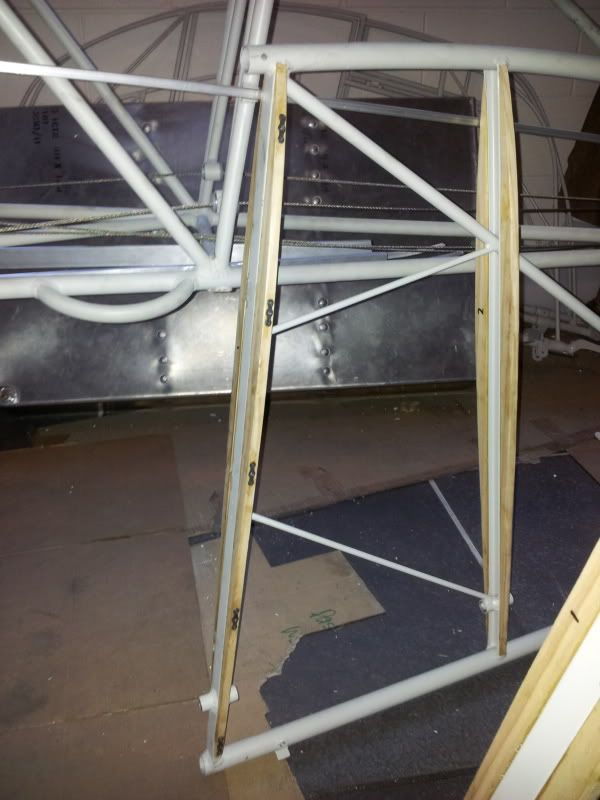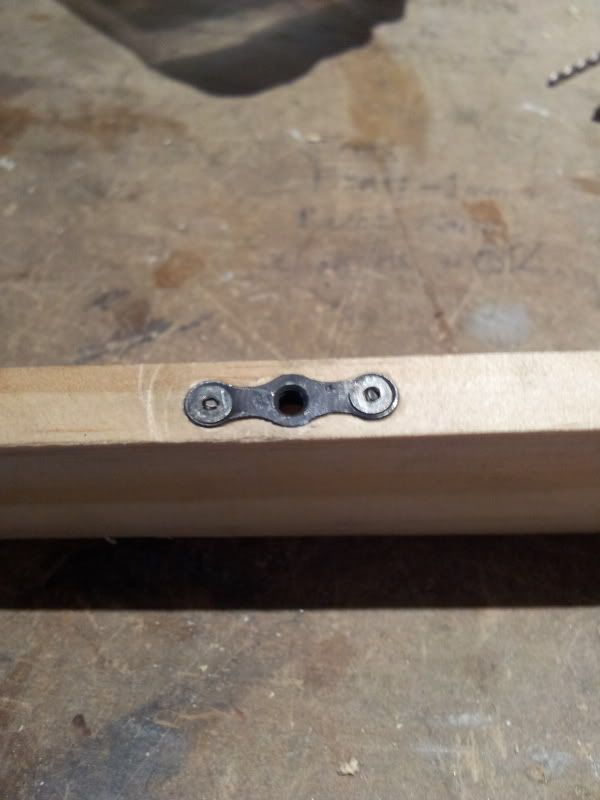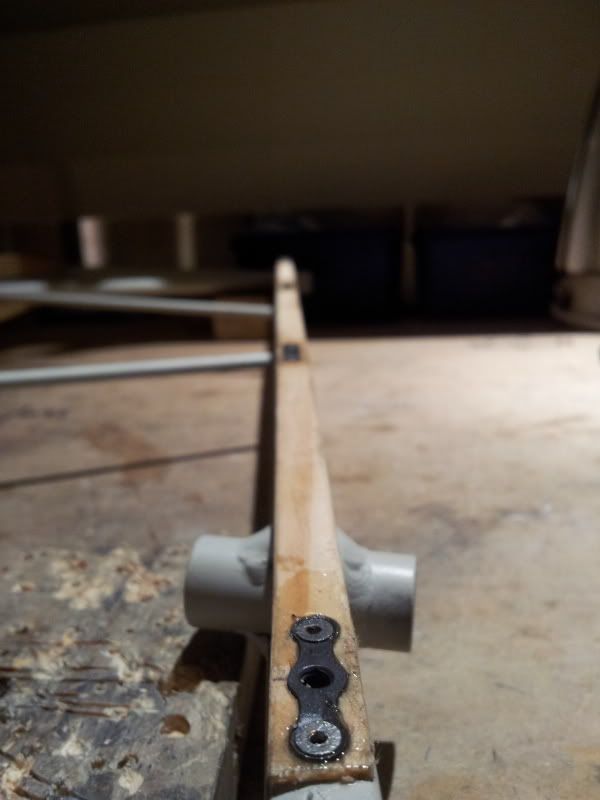Would someone have pictures of gap seals for the tail surfaces?
Trying to make wood strips for the horiz and vert stabs, Papa Foxtrot mentioned this:
"If the stab rib is X in length, then then max thickness is .09X at .3X. Then use the bottom of the airfoil template as the "french curve" to draw the airfoil."
I understand the first part, but don't quite get the second part about using the bottom of the airfoil template.... would some one have drawings for these wood strips for a 4 place? It seems Avipro has the pieces for sale and Mark suggested I call Bob, but if someone has already made these, don't want to bother Bob.
Thanks
Hari
Trying to make wood strips for the horiz and vert stabs, Papa Foxtrot mentioned this:
"If the stab rib is X in length, then then max thickness is .09X at .3X. Then use the bottom of the airfoil template as the "french curve" to draw the airfoil."
I understand the first part, but don't quite get the second part about using the bottom of the airfoil template.... would some one have drawings for these wood strips for a 4 place? It seems Avipro has the pieces for sale and Mark suggested I call Bob, but if someone has already made these, don't want to bother Bob.
Thanks
Hari







 I am absolute newbie to flying and have no clue about what I am getting into. What you say makes sense to me. Initially when I read about better control authority with the airfoil shaped stabilizers, I thought this would be a good thing to have, now it does look like I would be better off without these. However the gap seals would improve performance, so will stick to those and perhaps visit the airfoil shaping later when I have some experience flying with the vanilla bearhawk.
I am absolute newbie to flying and have no clue about what I am getting into. What you say makes sense to me. Initially when I read about better control authority with the airfoil shaped stabilizers, I thought this would be a good thing to have, now it does look like I would be better off without these. However the gap seals would improve performance, so will stick to those and perhaps visit the airfoil shaping later when I have some experience flying with the vanilla bearhawk.
Comment